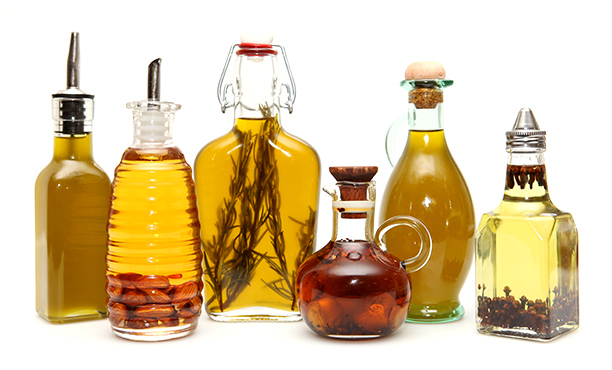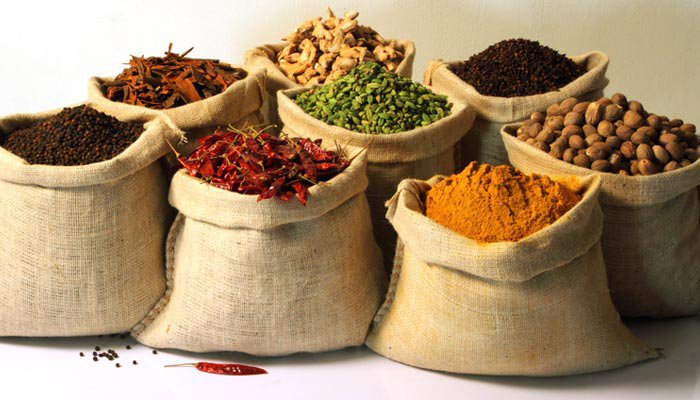Great as a gift or to use in your own kitchen, making homemade seasoning with whole spices is a great way to add more variety to a wide range of dishes. If you enjoy using spices in sweet and savoury food, you may have your favourites that you use on a regular basis.
Many home chefs like to experiment with flavours by adding a hint of that and a pinch of this, resulting in aromatic combinations that taste as good as they smell. Making a batch of custom seasoning using your preferred combinations will allow you to save time and effort, while still getting the full benefit of rich flavours.
What seasonings can be made with whole spices, and how do you make these delicious blends?

Making Flavoured Oils, Rubs & Seasonings with Whole Spices
There are many different ways to use freshly ground spice as seasoning. Flavoured oils, rubs and salts are the easier to make and the most versatile in the kitchen however, so those are the ones we will focus on today. Check out the instructions below to find out how to make each of these seasonings with the help of a good spice grinder, quality spices and some fresh herbs. For best results, we recommend buying your spices whole rather than already ground – this will provide far more flavour.
- Flavoured Oils. Olive oil is always a good choice (and a healthy choice, too), but you could try some other oils such as avocado oil, apricot kernel oil and even grapeseed cooking oil. Avocado oil has a nutty flavour that is great for salads and fine for cooking, while the latter two can be used for cooking or salad. Grind your spices, chop up your preferred herbs, garlic, lemon or whatever else you wish to add, then funnel into a glass bottle or a jar and cover with your chosen oil. It is best to leave the bottle or jar in a dark, cool place – the longer you let the spices and herbs sit in the oil, the more flavour will be infused. Be sure to write down which combination you have used in each bottle so that you remember it in a few weeks! These oils are good for roasting, cooking, salads and pasta, and make a perfect gift, too.
- Flavoured Rubs. Rubs are used on meat, chicken and fish, or even vegetables, to provide a coating of flavour that is rubbed in before roasting or putting on the braai. Typically, a rub may include salt (which helps to tenderise meat), as well as a range of herbs and spices. You can make these to taste by using your favourite freshly ground spices, herbs such as rosemary and basil, coarse black pepper, chopped garlic and good salt such as sea salt flakes or pink Himalayan salt. To ensure that your spices stay fresh and flavoursome, rubs should be made in smaller batches and stored in airtight jars or containers.
- Flavoured Salts & Sugars. Similar to rubs but used to sprinkle over food rather than rub into food, flavoured salts and sugars are easy, tasty and versatile. For savoury food, prepare your spices so that they are in small, easy to grind pieces rather than already ground. Chop dried herbs into small pieces too, and then mix with coarse salt and pour into a grinder. This will allow you to grind everything together over food, to release more flavour. Some good combinations include ginger salt, rosemary salt, garlic flake peri-peri salt and Italian herb salt with basil, oregano and sage. For flavoured sugars, freshly ground cinnamon, all-spice, ginger, mixed spice and nutmeg are always a good bet. Make a set of sweet spice mixes to give to friends or family in grinders or pretty jars, or mix things up with your favourite blends to add more taste and aromatic delight to your baking efforts. These sugars are also great in tea and hot beverages, or sprinkled over cookies, ice-cream and other desserts.
One of the best things about making your own seasoning is that you can be sure exactly what ingredients are included. All too often, store-made seasonings are loaded with preservatives, additives and other nasty chemicals that make them far from healthy. Homemade seasonings on the other hand contain only the good stuff – whole spices and herbs that are safe, healthy and always tasty.


